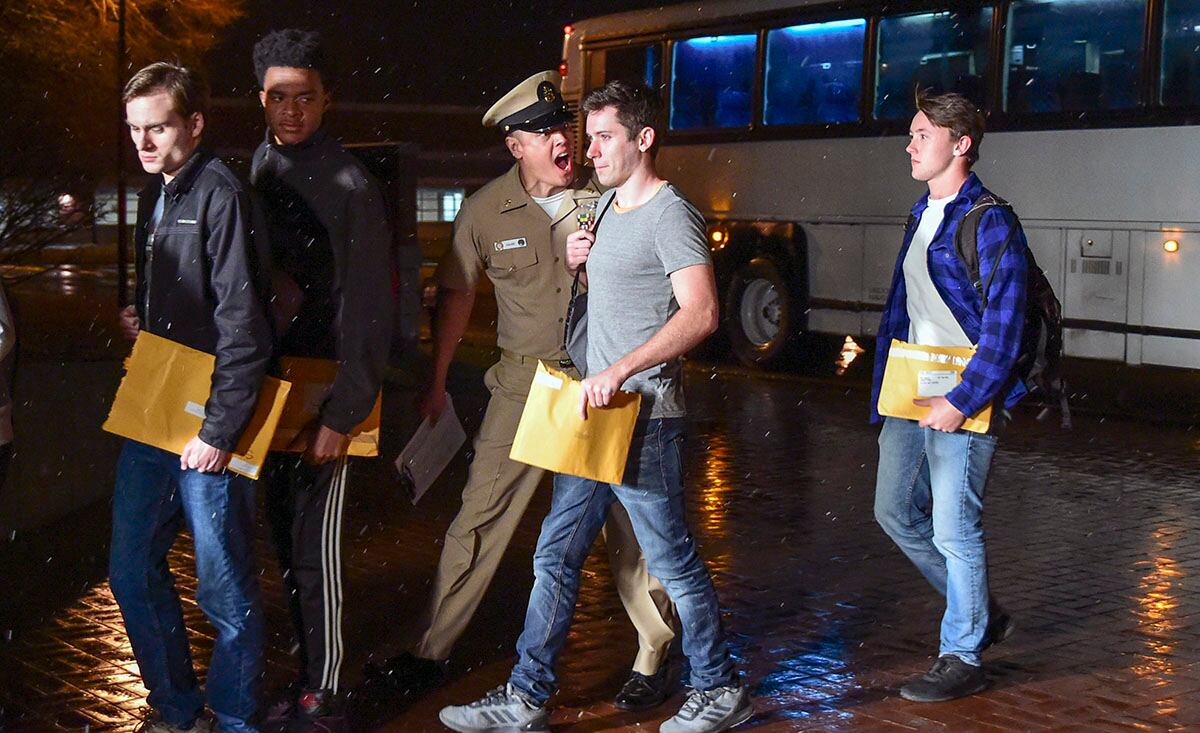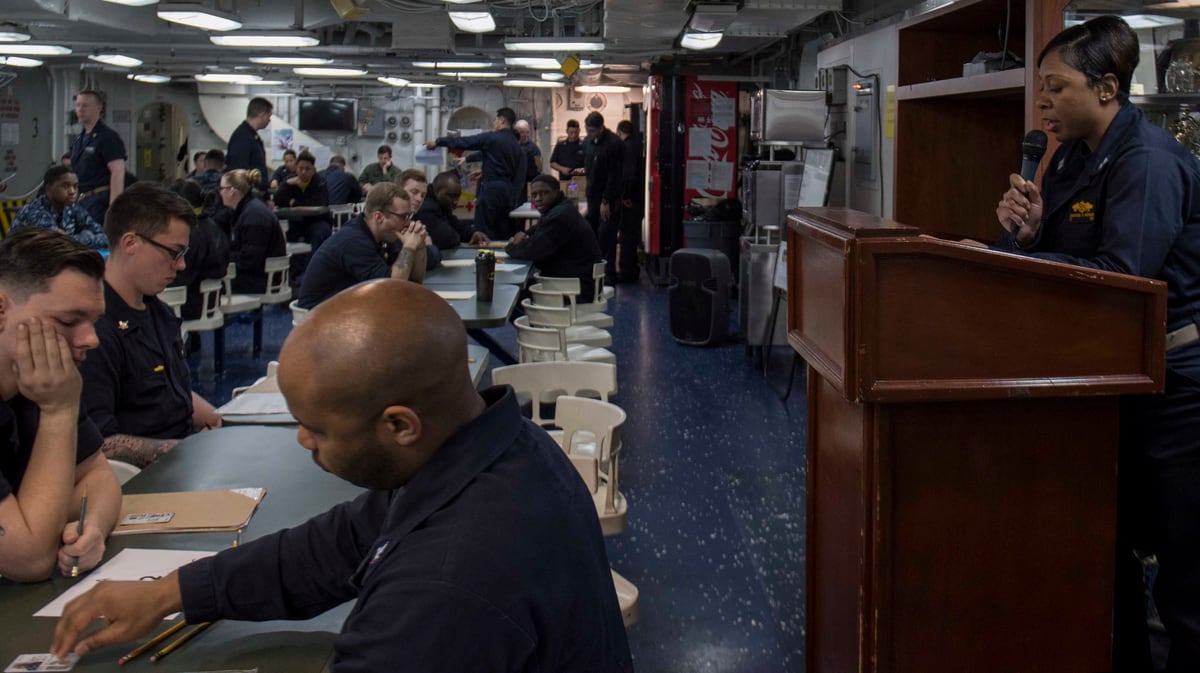A growing Navy needs more sailors, so the sea service is eyeing a talent pool it once avoided — veterans who left active duty.
“If folks are interested in coming back in the Navy, now is the time,” Vice Adm. Bob Burke told Navy Times.
“Once a sailor, always a sailor. So I’d say to [former]sailors that are now doing something else, who are interested in coming back into the active component, please come talk to us,” said the Navy’s top personnel officer.
Burke’s pitch to vets marks a sea change for the sea service. In previous years, recruiting goals for prior service sailors were modest.
In a five-year span that began on Oct. 1, 2013, the Navy brought in only 314 prior sailors, plus another 195 veterans of the other armed forces.
But the Navy’s new FY 2020 budget documents target 400 veterans, more than double the number brought in last year.
RELATED

As the Navy builds a 355-ship fleet while facing increasing competition for talent from the private sector and other services, reaching out to veterans is part of a widening strategy to put the best and brightest in uniform.
“Our growth rate will kind of level off at about 5,000 sailors per year for the next five years,” Burke said.
“If we continue to build towards the 355 [ship] or so number, that would continue on for potentially another 10 years. So that’s a fairly steady growth growth rate.”
Over the past two years, the Navy added more than 14,000 personnel, but to close gaps at sea the service tapped 1,163 sailors in select ratings from the enlisted reserves.
Moving reservists into the active component is a skill Burke’s team has honed over the past decade. Today it takes a few weeks to bring a reservist into the fleet, not months.
Now Burke is asking Congress to revamp some statutes to make it easier to bring in reserve officers, too.
RELATED

Burke can stretch the reserve ranks only so far without degrading readiness there, which is why he’s looking for veterans.
“We we sent out a lot of mailers to people that have gotten out of the Navy in the last couple years,” he said. “But our biggest challenge is reaching them, finding out where they’ve gone.”
A year ago, the Navy launched the Targeted Re-entry Program for certain officers and enlisted personnel who are exiting the service. Officials offer “tickets” that guarantee expedited returns to the fleet within a year or two of discharge.
No one has come back through the program yet, but Burke remains optimistic. He points to reforms the Navy made to return them quickly to uniform, including tweaking regulations for age and certain medical conditions.
And he’s championing other innovations, such as asking prior service sailors to meet physical standards for retention, not the initial entry requirements for younger recruits.
“Age limits have changed on just about all the programs," he said. "Ask. Come talk to us. If you’re interested, chances are we’ve got a place where we can use your talents.
"We’d be happy to have that conversation with you and see if we can put you to work because we got plenty of work to do.”
Mark D. Faram is a former reporter for Navy Times. He was a senior writer covering personnel, cultural and historical issues. A nine-year active duty Navy veteran, Faram served from 1978 to 1987 as a Navy Diver and photographer.





